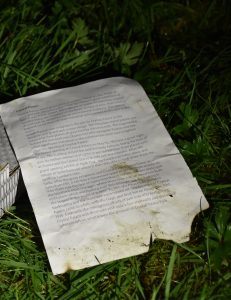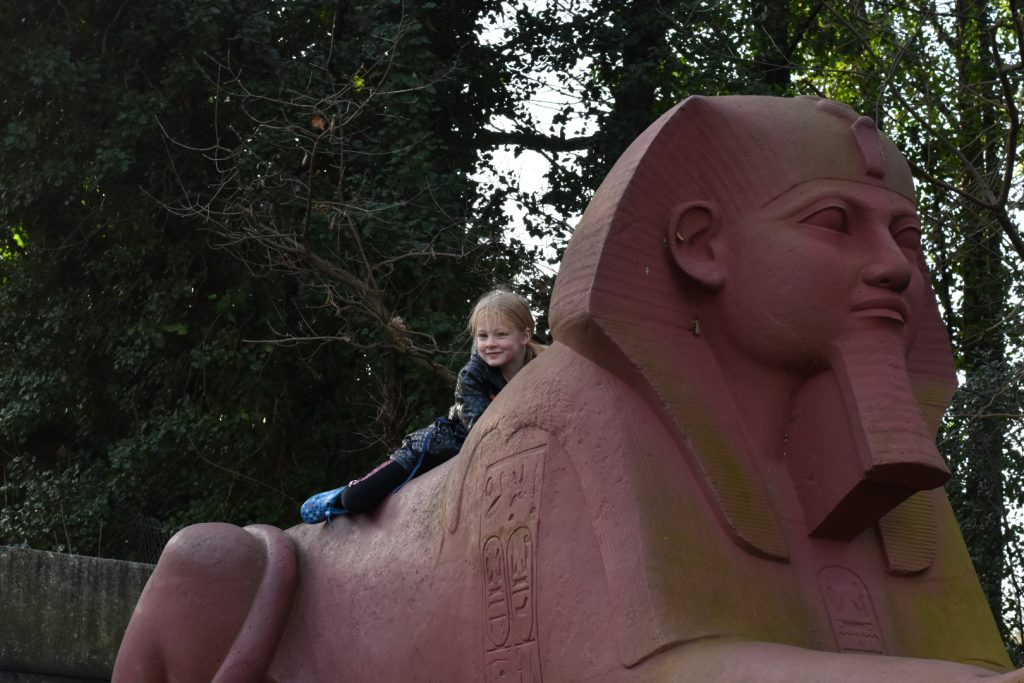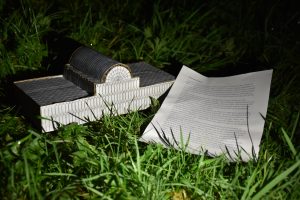Crystal Palace

Description
Crystal Palace was a grand piece of architecture in its day. Made of glass and iron, the palace was made for London’s great exhibition of 1851. It was Prince Albert, the husband of Queen Victoria that created the idea being the President of the Royal Society of Arts, that London should host an exhibition for an international audience. This idea so England could show off their industrial achievement to the rest of the world.
Joseph Paxton was assigned to the job for Crystal Palace as the designer of it grand and unique design. The Victorian-styled palace was created by clear planes of glass held by slim iron rods. The engineering behind the ironwork was Charles Fox who alongside Paxton and one other significant individual to the construction were soon knighted after the opening of Crystal Palace.
The Grand opening of Crystal Palace on May 1st, 1851 was a great sight to see. The building almost became instantly famous, being the host of over six million visitors that came to see the exhibits from places such as France and the United States in only just five months. After the grand opening exhibit at Hyde Park, the Palace was taken down and rebuilt at Sydenham Hill where it then was able to look down from the south to London’s core.

Sadly, after the great exhibition and Crystal Palace’s new home on Sydenham Hill, it ran into a downward spiral of unfortunate events. In 1866 there was the first of many fires that occurred, this fire destroyed the Northern most transept, where there then was an aquarium built in its place which was hosting over 300 different species making it the largest in the world of it time. By 1911, the Palace had declared bankruptcy and the fountains were turned off. The timeline of Crystal Palace came to a halt with the tragic and final fire on November 30th, 1936. Even with the courageous efforts of just over 400 firefighters Crystal Palace was destroyed with only a few stairwells and statues of Sphinxes left on what is now the grounds of Crystal Palace Park.
Design Rational
For this project I instantly knew that I wanted to do Crystal Palace as my historical artifact. Not only was it a famous and memorable building but it holds a place in my family’s legacy and heart. Sir Charles Fox who was the knighted along with Sir Joseph Paxton, is an ancestor of mine. While I was researching for this project my father told me that my uncle (his brother) I London actually has his old sketches and notes from the time they would’ve been planning and constructing Crystal Palace. I really am looking forward to looking through those documents myself once the pandemic lifts. Now in the present day, my other uncle (my mom’s brother) currently lives in Crystal Palace, London with his wife and my little cousin. When I went there for Christmas last year, I was able to go to Crystal Palace Park and see the remaining staircases and statues that were still standing to this day.


I struggled to find a medium that was comfortable with and that also wouldn’t be too pricy to collect the resources. At first, I was thinking I would make the model out of wiring but I thought in the end that would be too risky since I’ve never really worked with wire before so I chose to do it the old fashioned way of pencil on paper. the majority of my time was spent of measurements and getting the gridding and shading just right. After that I found it too dark to represent glass, so I went over the pencil with white charcoal that I had on hand to lighten up the sides. It was smooth sailing from then on. For the description I originally had manually written it out but after a few tries with burning the edges of the page, one thing led to another and well my description was looking like a very unappetizing crisp. After that I chose to type it out and print to avoid any extra work I created from my fiery failure. Lastly the photoshoot. I chose to shoot the photos of the model and description on the lawn as Crystal Palace was set up on acres of land. I took the pictures at night as the great fire in 1936 started in the late evening of November 30th and by the time the sun rose the next day, the whole of crystal Palace was destroyed.
Despite all the tragedies of what happened to Crystal Palace in the end it really was a place where people came together, whether it be for an exhibition, a theatre show, or any other extravagant festivities. This mentality in the area around the park is just the same as you could imagine it back in the late 1800s and early 1900 (except modernized of course), with a variety of restaurants, a movie theatre and many other social activities for both children and adults to come together.
Self Evaluation
11/13 – It answers to the criteria but if given more time I think I could’ve pulled it off a little better but I do really like what I was able to create and giving myself a chance to look into Crystal Palace and some of my ancestry.
Citation
https://www.britannica.com/topic/Crystal-Palace-building-London
https://www.atlasobscura.com/places/crystal-palace
https://www.flickr.com/photos/deviantbrainwave/with/348096642/
http://www.bbc.co.uk/london/content/articles/2004/07/27/history_feature.shtml
https://en.wikipedia.org/wiki/Charles_Fox_(civil_and_railway_engineer)